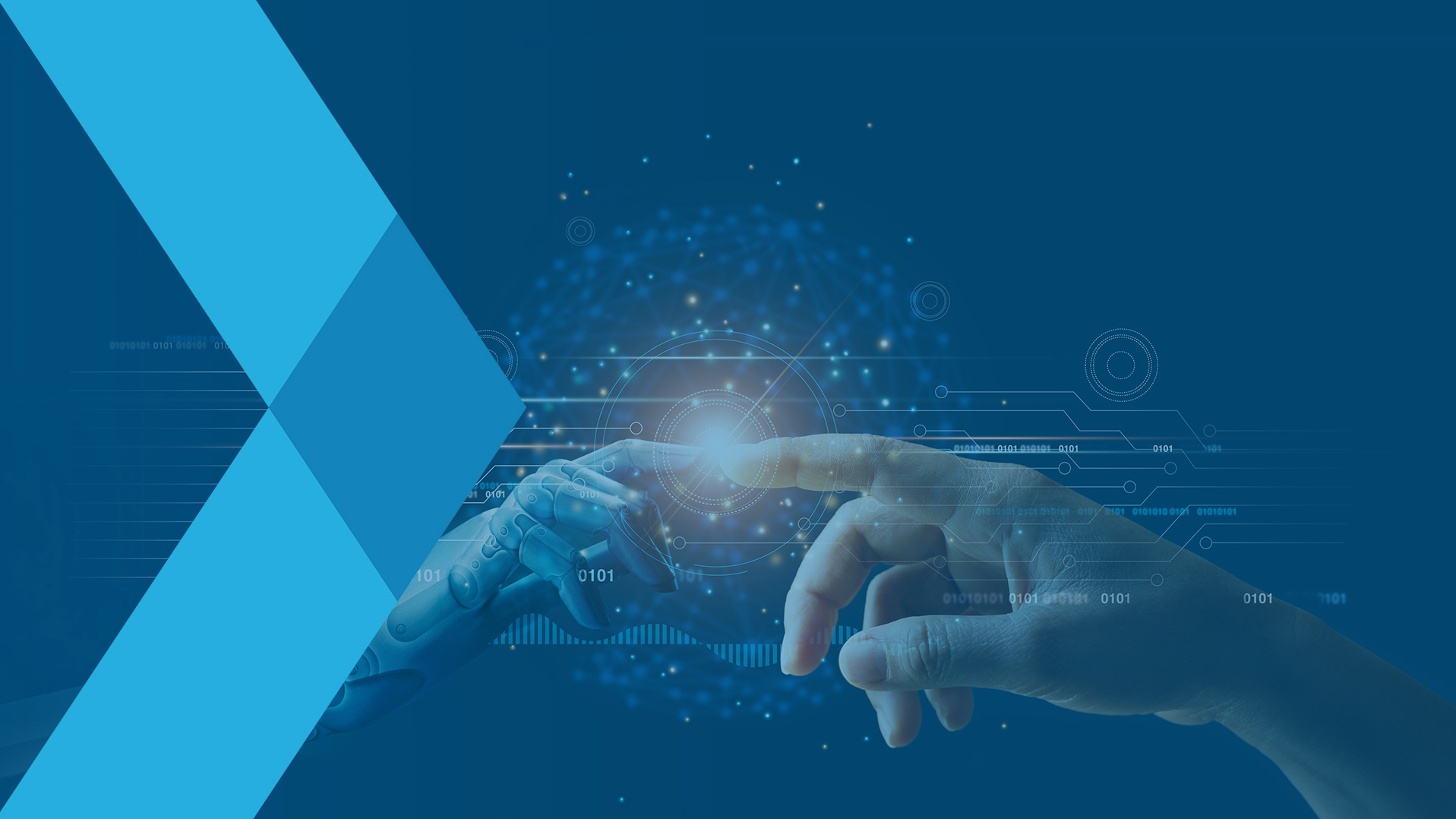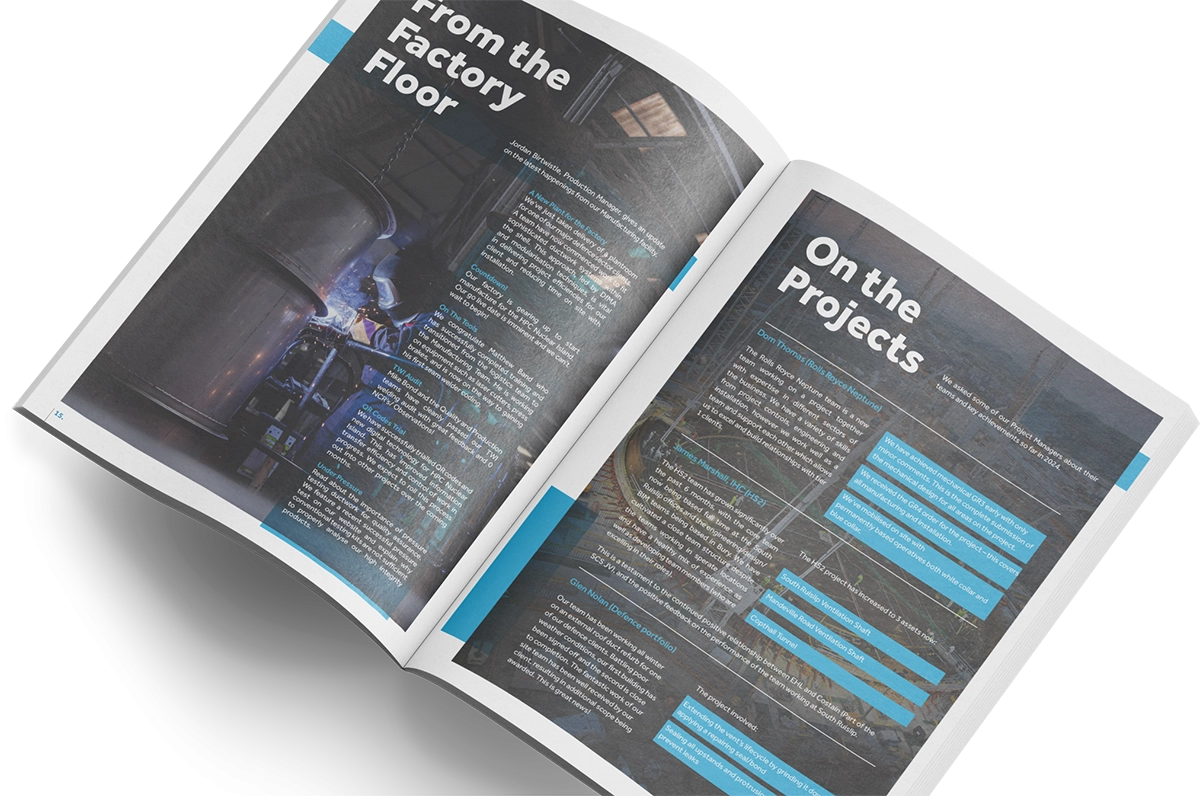Introduction
Artificial intelligence (AI) is the ability of machines to perform tasks that normally require human intelligence, such as perception, reasoning, learning, decision making, and problem solving. AI has the potential to revolutionize various industries, including construction, by enhancing productivity, quality, safety, and sustainability. In this document, we will explore some of the applications and benefits of using AI in construction, as well as some of the challenges and limitations.
Applications of AI in Construction
AI can be applied to various aspects of the construction process, such as design, planning, execution, monitoring, and maintenance. Some of the examples of AI applications in construction are:
- Design: AI can assist architects and engineers in creating optimal designs that meet the requirements and specifications of the clients, as well as the regulations and standards of the industry. AI can also generate multiple design alternatives, evaluate their feasibility and performance, and suggest improvements and modifications.
- Planning: AI can help project managers and contractors in estimating the cost, time, and resources needed for a project, as well as optimizing the schedule, budget, and resource allocation. AI can also predict and mitigate potential risks and uncertainties, and provide real-time updates and feedback.
- Execution: AI can enable the automation and coordination of various construction tasks, such as earthmoving, bricklaying, welding, and painting, by using robots, drones, and autonomous vehicles. AI can also monitor the quality and progress of the work, and detect and correct any errors or defects.
- Monitoring: AI can collect and analyze data from various sources, such as sensors, cameras, and GPS, to provide insights and alerts on the status and performance of the construction site, equipment, and workers. AI can also enhance the safety and security of the site, by identifying and preventing hazards, accidents, and thefts.
- Maintenance: AI can help in maintaining and repairing the constructed facilities and infrastructure, by using predictive analytics, computer vision, and natural language processing. AI can also optimize the energy efficiency and environmental impact of the buildings, by using smart systems and devices.
Benefits of AI in Construction
Using AI in construction can provide various benefits, such as:
- Improving productivity and efficiency: AI can reduce the time and cost of the construction process, by automating and optimizing various tasks, and eliminating human errors and delays.
- Enhancing quality and performance: AI can ensure the quality and reliability of the construction output, by using data-driven and evidence-based methods, and providing feedback and recommendations.
- Increasing safety and sustainability: AI can improve the safety and well-being of the construction workers and the public, by preventing and mitigating risks and hazards, and complying with the health and safety regulations. AI can also reduce the environmental impact and carbon footprint of the construction industry, by using renewable and recyclable materials, and minimizing waste and emissions.
- Innovating and creating value: AI can enable the creation of new and improved products and services, by using advanced and novel technologies, and generating new knowledge and insights.
Challenges and Limitations of AI in Construction
Despite the potential and promise of using AI in construction, there are also some challenges and limitations, such as:
- Lack of data and standards: AI relies on large and high-quality data sets to train and validate its models and algorithms, which may not be readily available or accessible in the construction industry. Moreover, the construction industry lacks uniform and consistent standards and protocols for data collection, sharing, and integration, which may hinder the interoperability and scalability of AI solutions.
- Complexity and uncertainty: The construction industry is characterized by high complexity and uncertainty, due to the diversity and variability of the projects, stakeholders, and environments. This may pose difficulties and challenges for AI to capture and model the dynamics and interactions of the construction process, and to cope with the changes and disruptions that may occur.
- Human and social factors: The adoption and implementation of AI in construction may face resistance and skepticism from some of the human actors involved, such as clients, workers, and regulators, who may have concerns and doubts about the trustworthiness, accountability, and transparency of AI systems. Moreover, the use of AI in construction may have ethical and social implications, such as the impact on the employment, skills, and roles of the construction workforce, and the influence on the culture, values, and norms of the construction industry and society.
Conclusion
AI is a powerful and promising technology that can transform the construction industry, by improving its productivity, quality, safety, and sustainability, and by enabling innovation and value creation. However, the use of AI in construction also entails some challenges and limitations, such as the lack of data and standards, the complexity and uncertainty of the industry, and the human and social factors. Therefore, the successful and responsible use of AI in construction requires the collaboration and coordination of various stakeholders, such as researchers, developers, practitioners, clients, regulators, and users, and the development and adoption of appropriate frameworks, guidelines, and best practices.
Note: we asked Windows Copilot to write this article about AI in Construction. Compare it to our blog article about the subject.








